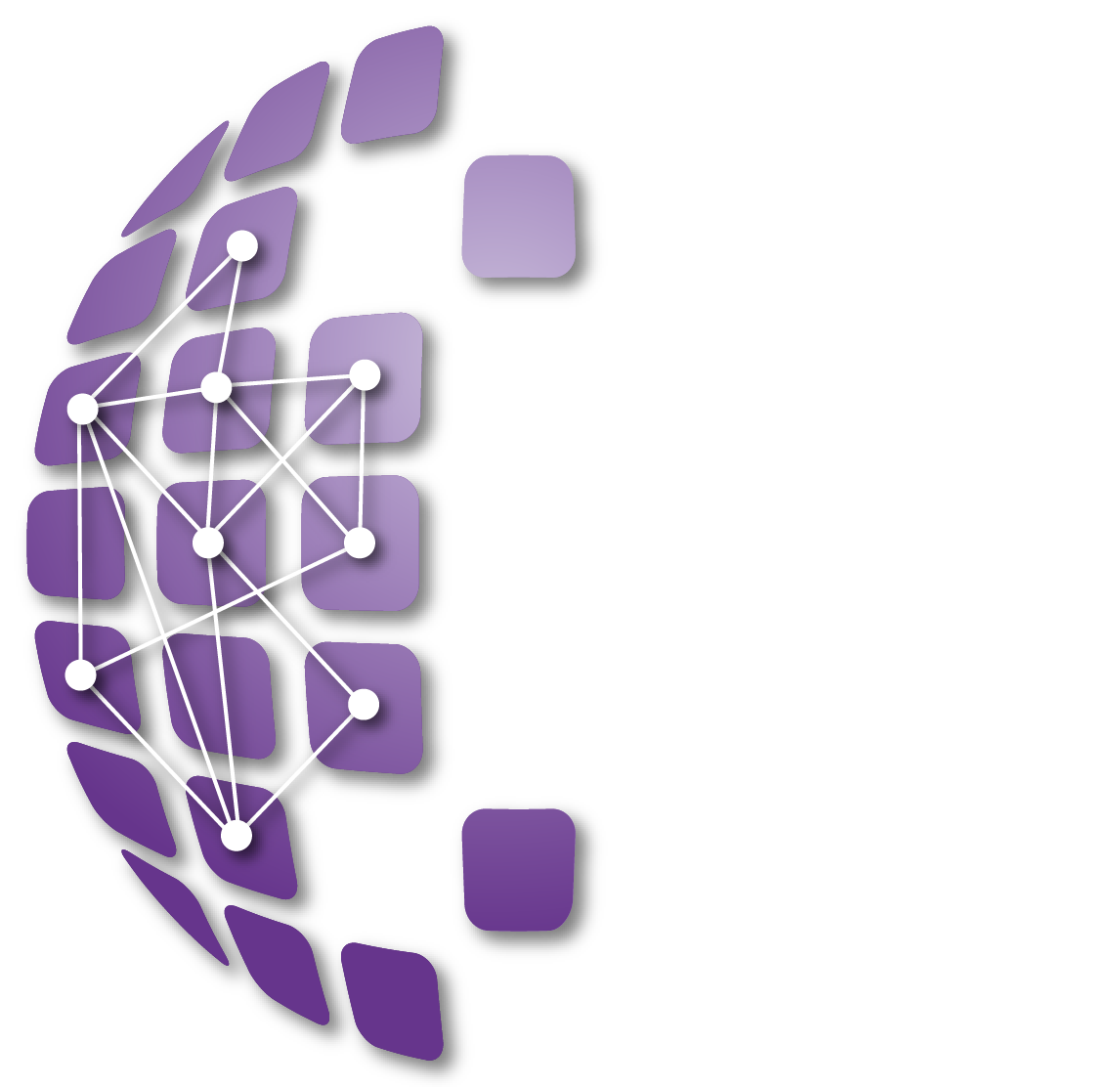Policing is at a critical juncture. We either improve how we harness digital opportunities from existing and emerging technologies, or we are at risk of becoming overwhelmed by the demand they create and lose the chance to enhance and modernise our policing services.
The pace of technology continues to advance and digital adoption is accelerating. Policing does not exist in a vacuum: we must respond to evolving demands on our service, and overcome the internal challenges that currently hamper us.
We cannot continue as we have been doing – impeded by complex decision-making structures and hampered by the challenges of modernising a legacy infrastructure. The time is right for us to make fundamental and transformational choices: the way we work, harness data, exploit technologies, collaborate with partners, and organise ourselves.
References
1. 13 to 34 year olds spend an average of four and half hours a day online. “Online Nation 2019 Report – Ofcom” (https://www.ofcom.org.uk/__data/assets/pdf_file/0025/149146/online-nation-report.pdf)
2. 62% of citizens think increased use of technology by police, border agencies and government as a whole will make them more secure. ”What do Citizens want – Accenture Research, 2018”
3. 55%“of citizens agreed with the following statement: “[Police] will need to keep up and be able to stay one step ahead of the online criminals.” in response to the question “Over the next 10 years, technology trends will influence the types of crimes being committed (e.g. hacking of personal data, online financial fraud, online bullying etc.), as well as our communities and how we live. How do you think your expectations of the Police might change as a result?”. “Crowdsourced Citizen Research – Deloitte 2019”
4. “Big Data, for better or worse: 90% of world’s data generated over last two years – SINTEF” (https://www.sciencedaily.com/releases/2013/05/130522085217.htm)
5. “Data storage goes from $1M to 2 cents per gigabyte”, Computer World, 2017 (https://www.computerworld.com/article/3182207/cw50-data-storage-goes-from-1m-to-2-cents-per-gigabyte)
6. More than 90% of reported crime now has a digital element. Often this involves the police investigator retrieving evidence from digital devices and this includes social media, mobile phone applications and the Internet. [Please note, this link is no longer active but is retained here for reference purposes] “Internet Intelligence and Investigation (III Project) Full Business Case – Mayor’s Office for Policing and Crime” (https://www.london.gov.uk/sites/default/files/pcd_525_part_1_internet_intelligence_and_investigation)
7. For almost all types of organised crime, criminals are deploying and adapting technology with ever greater skill and to ever greater effect. The number
of organised crime groups that are involved in more than one criminal activity (poly-criminal) has increased sharply over the last years (45% in 2017 compared to 33% in 2013). “Crime in the age of technology – Europol’s serious and organised crime threat assessment 2017”, (Crime in the age of technology – Europol’s Serious and Organised Crime Threat Assessment 2017 | Europol (europa.eu)
8. The Home Office invested £600,000 in Project Arachnid, software that can be deployed across websites, forums, chat services and newsgroups to instantaneously detect illegal content. “Serious Violence Strategy – HM Government” (Serious Violence Strategy – GOV.UK (www.gov.uk))
9. “2017 Norton Cyber Security Insights Report – Symantec” (https://www.symantec.com/content/dam/symantec/docs/about/2017-ncsir-global-comparison-united-kingdom)
10.“The Cost of Cyber Crime – Deltica & Cabinet Office” (the-cost-of-cyber-crime-full-report.pdf (publishing.service.gov.uk)
11. According to Jack Clark, Policy Director for OpenAI, much of the worries [OpenAI] have about the future of media relate to the increasing ease with which
we’ll be able to cheaply create ‘fake’ rich media and use this to mount public opinion campaigns which could accentuate societal divisions, or cause political destabilization . “Written testimony of Jack Clark, OpenAI, for The National Security Challenges of Artificial Intelligence, Manipulated Media, and ‘Deep Fakes’ Hearing – House Permanent Select Committee on Intelligence ”, (https://intelligence.house.gov/uploadedfiles/clark_deepfakes_sfr.pdf)
